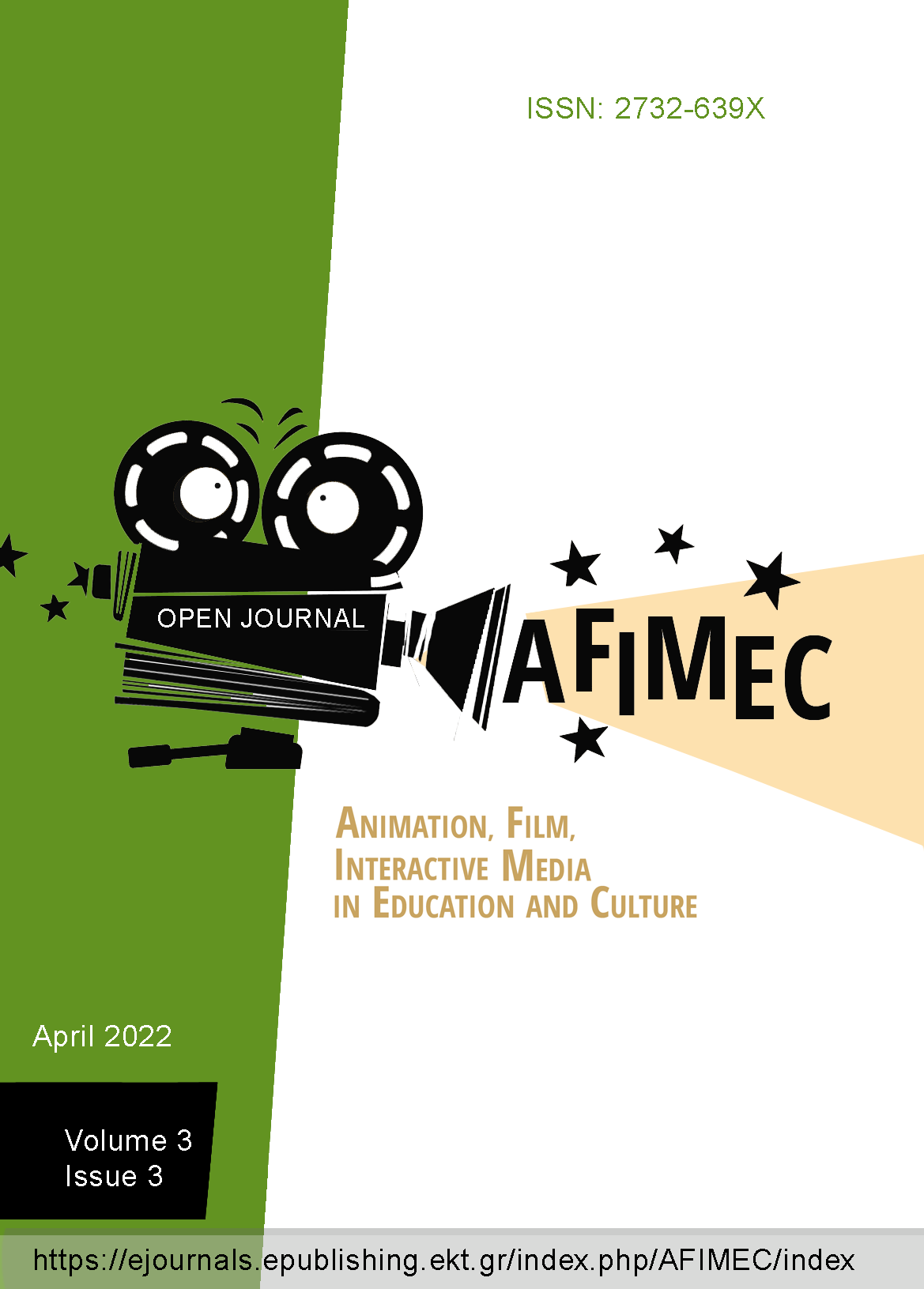«Βιωσιμότητα και καλλιτεχνική πρακτική στην ψηφιακή εποχή: Δημιουργία και κατανόηση περιβαλλοντικών μηνυμάτων»

Abstract
Recent developments underline the central role of innovation, education and the digital society in sustainable development. The digital age is a fertile ground and in this light, new technologies enhance the before mentioned purpose. However, although the modern digital world offers a wealth of information regarding environmental issues, it seems that there are still gaps to be better understood. According to the European Environment Agency, environmental conservation consists of transforming information into meaningful knowledge through integrated networks of social action. Therefore, education and culture contribute through the appropriate transmission and communication of information, allied with the purpose of Environmental Communication. Specifically, the purpose of this paper is to highlight digital arts as a new means of environmental communication and, at the same time, as a modern professional field. In our own empirical case study, we applied a mixed methodological approach, following the steps of sequential explanatory design during the spring semester with 40 students of the Department of Audio and Visual Arts. In the first phase, through the electronic administration of a 10-question questionnaire, the 2 quantitative hypotheses on whether digital projects with ecological content work informatively in a different way in a digital compared to a hybrid exhibition and whether there is a difference in the choice of specific professional field depending on the students' year of study. In the qualitative phase, the students, through the creation of their own projects with ecological content, participated in 2 group semi-structured interviews with 4 questions, pointing out that social action has a greater impact on the understanding of environmental issues. The results from both sources of data indicate that creating an interdisciplinary network of syndication is a more complete form of communication and that collective actions respond to a larger audience, thus making the field of digital projects with ecological content effective and more likely as a career choice.
Article Details
- How to Cite
-
Ταπάσκου Μ., Παπαδοπούλου Α., & Γιαννακουλόπουλος Α. (2022). «Βιωσιμότητα και καλλιτεχνική πρακτική στην ψηφιακή εποχή: Δημιουργία και κατανόηση περιβαλλοντικών μηνυμάτων». Open Journal of Animation, Film and Interactive Media in Education and Culture [AFIMinEC], 3(3). https://doi.org/10.12681/afiinmec.31740
- Section
- Articles
- Οι Συγγραφείς διατηρούν τα Πνευματικά Δικαιώματα και χορηγούν στο περιοδικό το δικαίωμα της πρώτης δημοσίευσης ενώ ταυτόχρονα τα πνευματικά δικαιώματα της εργασίας προστατεύονται σύμφωνα με την Creative Commons Attribution License που επιτρέπει σε τρίτους - αποδέκτες της άδειας να χρησιμοποιούν την εργασία όπως θέλουν με την προϋπόθεση της διατήρησης των διατυπώσεων που προβλέπονται στην άδεια σχετικά με την αναφορά στον αρχικό δημιουργό και την αρχική δημοσίευση σε αυτό το περιοδικό.
- Οι Συγγραφείς μπορούν να συνάπτουν ξεχωριστές, και πρόσθετες συμβάσεις και συμφωνίες για την μη αποκλειστική διανομή της εργασίας όπως δημοσιεύτηκε στο περιοδικό αυτό (π.χ. κατάθεση σε ένα ακαδημαϊκό καταθετήριο ή δημοσίευση σε ένα βιβλίο), με την προϋπόθεση της αναγνώρισης και την αναφοράς της πρώτης δημοσίευσης σε αυτό το περιοδικό.


